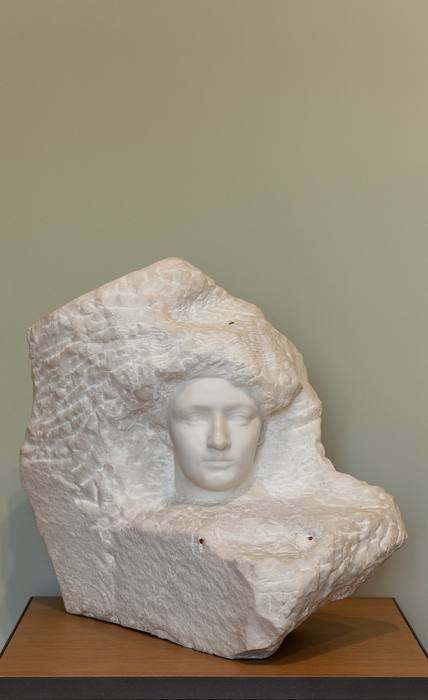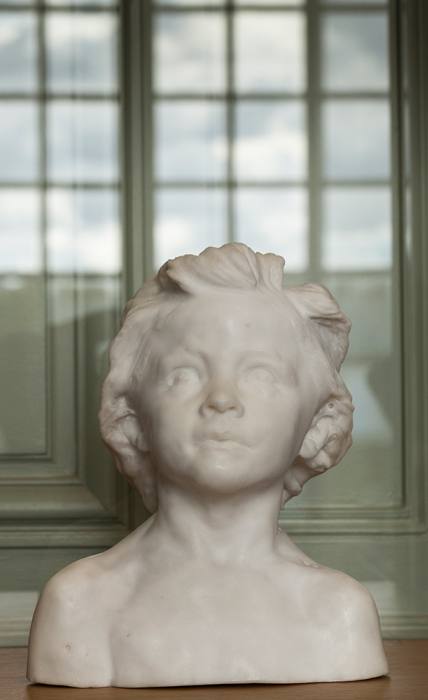Search the site
Camille Claudel
Camille Claudel was a promising young artist in the early 1880s when she first met Rodin in the early 1880s. Sculpture played a central role in their story. At the height of the ensuing period of creativity and passion, she produced sculptures that have remained famous, executed with a skillful imbalance and fluidity of form that testify to her great expertise. Her oeuvre as a whole reflects her interest in technical prowess, colorful materials and dramatic presentation.
A brief heyday
Camille Claudel and Rodin enjoyed a period of intense professional cooperation during which she produced such works as The Waltz and the bust of La Petite Châtelaine. Her expressionist depiction of a gaunt old woman, Clotho, resonates with Rodin’s She Who Was the Helmet Maker’s Once-Beautiful Wife.
Gradually, Camille Claudel wanted to free herself from Rodin's tutelage and devote herself exclusively to her career. She began to distance herself from him, finally ending their affair in 1892. Around this time she produced a sculpture closely associated with their break-up; called The Age of Maturity, it is a bitter allegory of the passing of time and the weight of destiny.
Camille Claudel went on invent new subjects, asserting her own creative identity as totally distinct from that of Rodin. The Gossips boldly inaugurated a series of intimate, delicate scenes representing and transcending brief moments of everyday life, while The Wave was directly influenced by Hokusai and the art movement known as Japonism. These two vibrant and dynamic works are among her most famous compositions.
The end of creativity
However, Camille Claudel began to experience material and financial difficulties, exacerbated by behavioral disorders that prevented her from working. Her bitterness towards Rodin fueled her growing paranoia and she was committed to an asylum in 1913, spending the last thirty years of her life in confinement before dying in 1943 at the age of 79.
Camille Claudel was a source of inspiration to Rodin. In addition to the few portraits he made during their love affair, he produced many more works of an allegorical nature (Aurora) or sculptures imbued with symbolism and strangeness (Mask of Camille Claudel and Left Hand of Pierre de Wissant) that he constantly reused and reinterpreted. Camille Claudel left a single portrait of her lover―a work of perfect harmony, reflecting her close professional and personal relationship with the model.

















